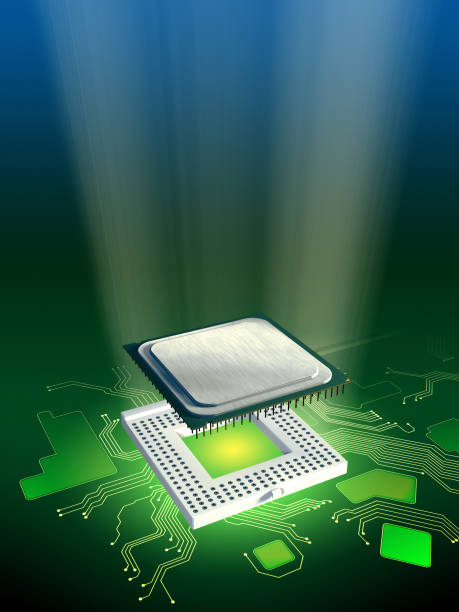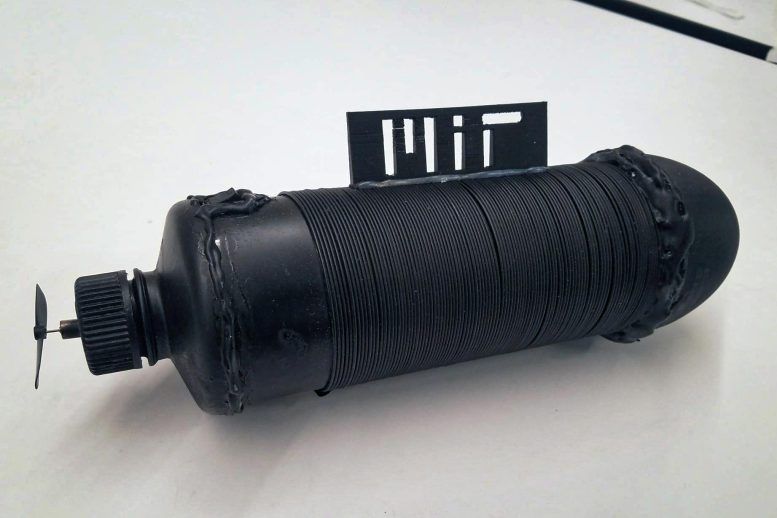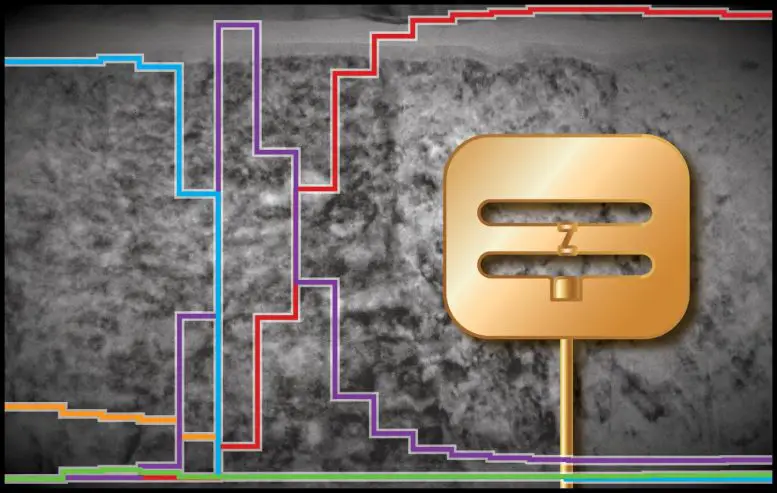A new ultra-energy-efficient optical “Transistor” speeds up computation by as much as 1,000 times.
Skoltech and IBM led an international research team that created an energy-efficient optical switch. This switch could replace electronic transistors in new generations of computers that manipulate photons instead of electrons. The high-speed button requires no cooling and can perform 100-1000 times more operations per second than the top-of-the-line commercial transistors. The study was published in Nature on September 22, 2021.
Dr. Anton Zasedatelev, the first author of this study, commented that the new device is so energy-efficient because it takes only a few photons for the switch to work. “We could switch with one photon at room temperature in our Skoltech labs.” However, it is still long before such proof of principle demonstrations are used in an all-optical processor,” said Professor Pavlos Lagoudakis, the head of the Hybrid Photonics Labs for Skoltech.
A photon is a minor form of light, so there are a few ways to reduce power consumption. Modern electrical transistors require tens of thousands of more energy to switch on, while those that only use one electron to achieve similar efficiency are much slower.
In addition to performance issues, the power-saving electronic transistors are more likely to require large cooling equipment. This, in turn, causes power consumption and increases operating costs. The new switch works at room temperature, avoiding all these problems.
The switch can link devices by sending optical signals between them. It can also be used as an amplifier to increase the intensity of an incoming beam by up to 23,000.
How it works
Two lasers are used to change between the two states of the device. A weak control beam is used to turn on another brighter laser beam. The device is very efficient because it only requires a few photons to create the control beam.
A microcavity is a 35-nanometer-thin organic semiconductor polymer sandwiched between reflective inorganic structures. The switching takes place inside it. The microcavity has been designed to trap light inside to encourage the cavity’s material to couple with it.
The new device is based on light-matter coupling. Photons strongly coupled to bound electron-hole pairs (aka excitons) in the cavity’s materials give rise to short-lived entities known as exciton-polaritons. These quasiparticles are at the heart and soul of the switch’s operation.
The pump laser, the brighter of the two, shines on the switch to create thousands of identical quasiparticles. This is called Bose-Einstein condensation, which encodes both the “0” or “1” logic states.
The team used a control pulse to seed the condensate just before the arrival and pump laser pulses. It stimulates energy conversion at the pump laser, increasing the number of quasiparticles in the condensate. This is the “1” state.
To ensure low power consumption, the researchers employed several modifications. First, the semiconducting plastic’s vibrations were used to aid in efficient switching. Matching the energy gap between condensate and pumped states to one molecular beat within the polymer was possible. The team also found the ideal wavelength to tune the laser and developed a new measurement method for single-shot condensate detection. The third was that the scheme for detecting the condensate seeded by the control laser and the process of planting it were matched to suppress the “background” noise. These measures increased the signal-to-noise ratio of the device. They also prevented excess energy from being absorbed into the microcavity, which would only heat it via molecular vibrations.
“We still have work to do to reduce the overall power consumption of the device. It is currently controlled by the pump laser, which keeps the switch on. One way to achieve that goal is perovskite super crystal material, such as those we explore with collaborators. The team says they have been excellent candidates due to their strong light-matter coherence, leading to a powerful collective quantum reaction in superfluorescence.”
The researchers view their new switch as just one component in a growing collection of all-optical pieces they have built over the last few years. It also includes a silicon waveguide that allows for switching optical signals between transistors. These components are a step closer to optical computers that manipulate photons rather than electrons. This will result in vastly improved performance and lower power consumption. Russian Science Foundation (RSF) supported the research at Skoltech.




